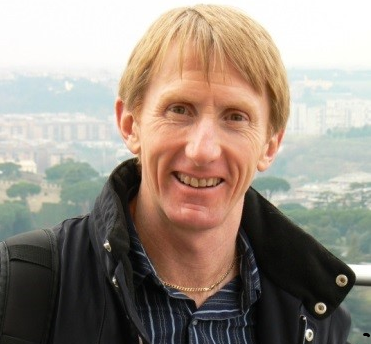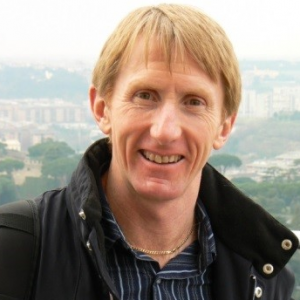By annamuscara
In
2020-06-242020-06-26https://rhed.amsi.org.au/wp-content/uploads/sites/73/2020/06/amsi_rhed_v2-2.pngResearch and Higher Education 200px200px
200px200px
 200px200px
200px200pxDR PETER MAY, BUREAU OF METEOROLOGY
3 JULY 2017

Peter joined the Bureau in 1990 as a research scientist after working in NOAA and the University of Colorado and Kyoto University following his PhD at the University of Adelaide. His research activities included radar remote sensing and the applications to improved understanding of tropical cyclones and thunderstorms. He has led major international field programs including the 2006 Tropical Warm Pool International Cloud Experiment that included 4 research aircraft and involved around 30 research institutes. He has more than 120 peer reviewed publications. He has been the Head of Research since late 2009. During part of that time he served as the Deputy Director of the Centre for Australian Weather and Climate Research – A partnership between the Bureau and CSIRO. Our science covers environmental issues, climate science and the development of weather and climate models and applications. He has overseen the development of the operational systems that underpin Bureau services as well as major projects delivering climate information to the nation. Among his advisory roles, he is currently a member of the WMO Commission of Atmospheric Science Management Committee that oversees WMO weather and environmental research coordination. He has been an editor for the Journal of Atmospheric and Oceanic Technology, an Associate editor for Reviews of Geophysics and is a past Chair of the American Meteorological Society Committee for Radar Meteorology.
| DATE | TIME | HOST | UNIVERSITY |
|---|---|---|---|
| 3 July 2017 | 6.30PM | Peter May | KINDLER LECTURE THEATRE, QUEENSLAND UNIVERSITY OF TECHNOLOGY |
There has been a quiet revolution in weather forecasting over the past few decades driven by big computers, big data and lots of maths, but it has been a hundred years in the making and represents a triumph of 21st century science. Dr Peter May will tell the story of how computer weather and climate models have taken over and where they are leading us, but also on the 100 year long genesis of our modern weather models. This blends outrageous stories, big science, big data, satellites, supercomputing and much more to give us the systems that provide incredible detail on the weather, oceans and climate.